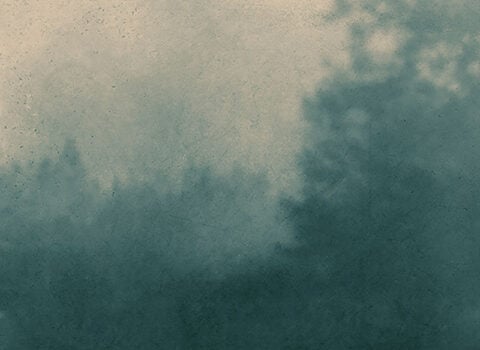Schiller’s Garden House, Jena, by Wilhelm von Lindenschmit the Younger © akg-images
By the year 1800, the French Revolution was over, the ancien régime a thing of the past, the temporal power of the papacy crushed. Amid this turmoil, a tight-knit cohort of writers, editors, philosophers, poets, and socialites coalesced in the Thuringian backwater of Jena to foment a different kind of revolution. There they developed the ideas that led to the flourishing of German Romanticism, from which would spring, as Isaiah Berlin wrote, “all kinds of diverse movements—anarchism, Romanticism, nationalism, fascism, hero worship.” The author Peter…

























































































